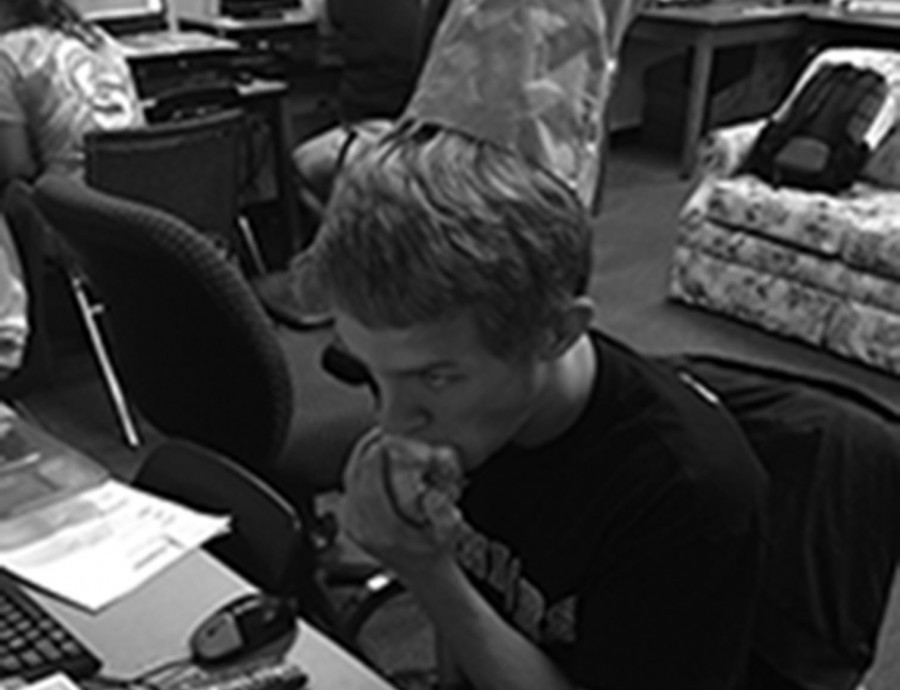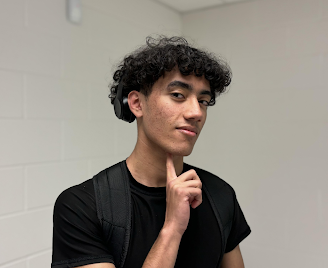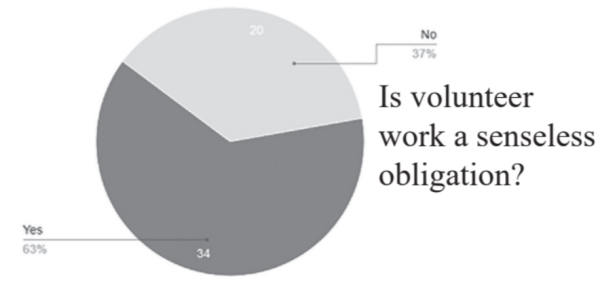Starving for change
October 7, 2015
Changes have come to the way lunches work, and if you have a tendency to get hungry, it may affect you.
The new policy at WS is to limit lunch consumption to strictly the cafeteria, Spartan park, the ASAP room, and most recently the writing center. But that’s it; lunch has been banned from all other classrooms.
The question on how teachers’ classrooms are granted permission to allow students during lunches is still unknown, but the widespread belief is that there is a game of eeny-meeny-miny-moe involved.
Limiting trash and widespread lunch consumption is one of the goals this new policy hopes to accomplish. This is understandable, as trash left under desks or in the hallway is unacceptable in any environment, let alone a school. Plus, our custodians work hard to keep the school clean and in working order, and it is not their job to clean up after WS students.
All this being said however, if a student is hungry and the teacher allows it, there is no reason why lunches should be banned from classrooms. Students should be trusted to be responsible and respectful to the school and their teachers, and understand that leaving trash around the building is not acceptable. Also, using lunch time to get extra work in or complete assignments is a great way to spend time, and should be encouraged by the school.
One of the biggest points of discussion for not allowing students to eat in the classroom is the transportation of the lunch trays from cafeteria to classroom. Why is this an issue? The answer to that is somewhat vague. After all, trying to skip class is hard enough without a tray full of food in both hands.
One of the objectives of this new policy is to limit consumption of food and beverages near laptops and computers, and make sure students are incredibly careful when bringing food close to the technology. After all, imagine what would happen if a beverage spilled over a computer. Even if it could be fixed, the log on time could jump from a speedy 20 minutes to upwards of 10,000 hours!
The safety of students is always in the forefront of the minds of our administration, and for that we should be thankful. However, in this matter, administration also must understand that as students who are preparing for the real world, there is a difference between high school policies and day care rules.
The ultimate decision should come from the teacher, and if students abuse their right to eat in a classroom, then the teacher has the
















